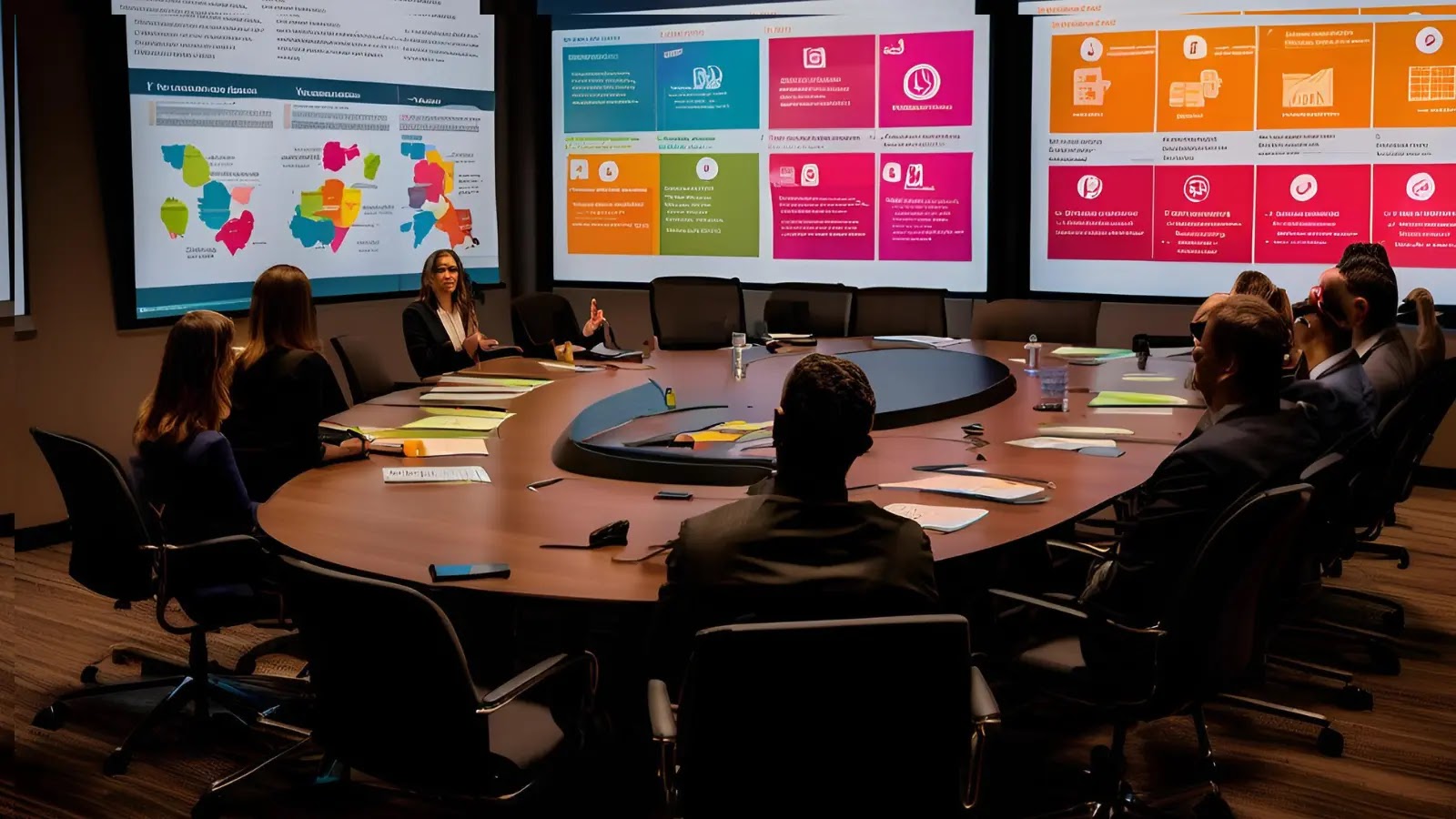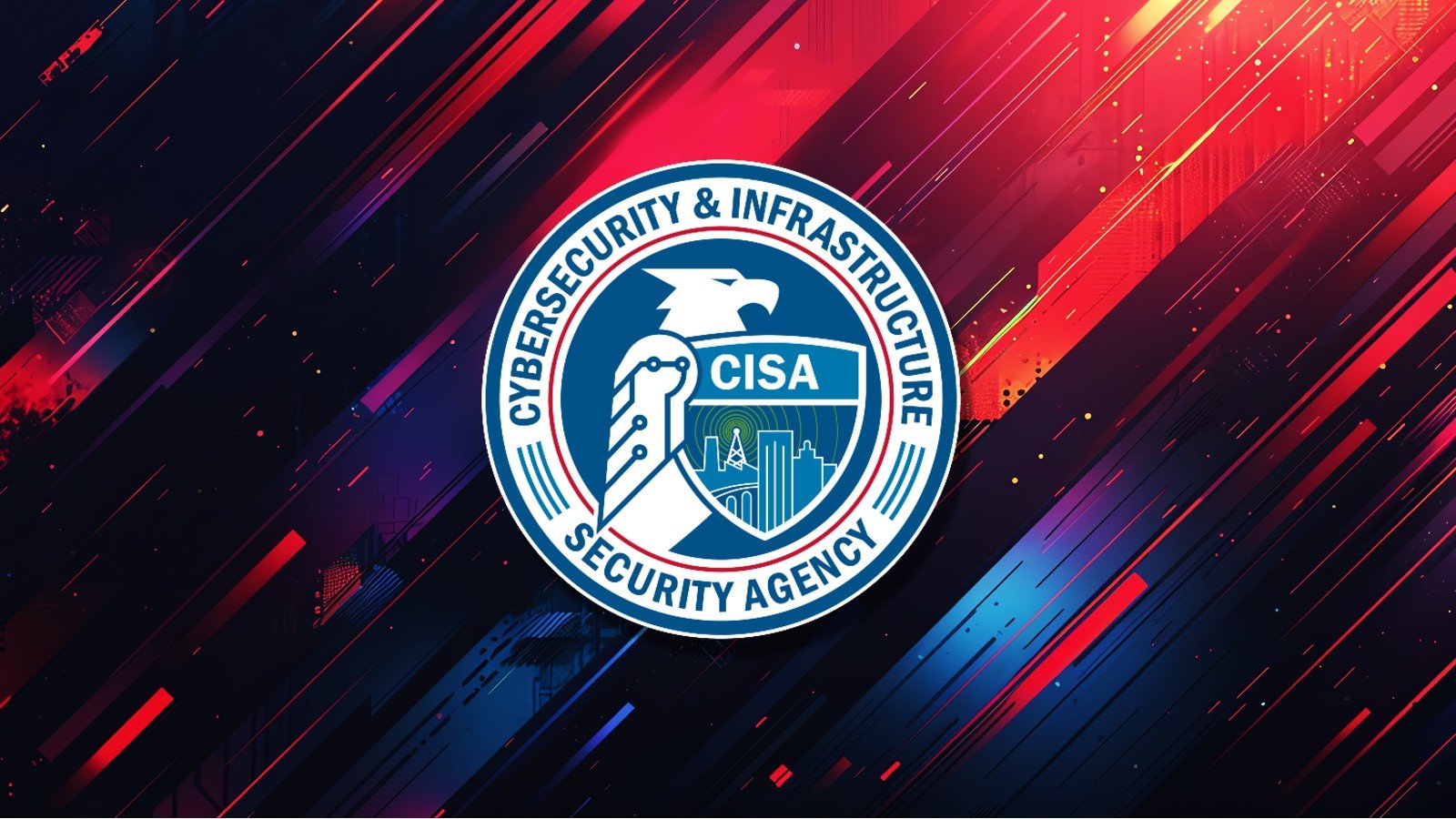.png
)
In the rapidly evolving landscape of cyber threats and increased regulatory scrutiny, the role of Chief Information Security Officers (CISOs) has grown significantly beyond just overseeing technical operations.
By 2025, facing cyber threats will challenge not merely the technical defenses but also the organization’s ability to retain trust during crises. Thus, developing a robust crisis communication strategy is crucial—it’s no longer a luxury but a strategic necessity.
As security breaches increasingly affect brand reputation, customer loyalty, and financial stability, it is imperative for CISOs to weave communication strategies into their security frameworks to enable swift, transparent, and cohesive actions.
The Strategic Role of CISOs as Communicators
The contemporary CISO operates at the crossroads of technology, risk management, and corporate governance. With cyber threats becoming more complex, transparency and accountability during incidents are demanded more than ever by stakeholders ranging from board members to customers.
It is pivotal for CISOs to explain technical risks in the language of business, synchronize security measures with organizational objectives, and lead interdepartmental teams during crises.
Looking towards 2025, this role transition implies moving from reactive measures to proactive engagement. For instance, transparent updates about security investments or breach countermeasures can elevate a CISO from merely being a technical advisor to a trusted strategic oracle.
This transition highlights an essential need for crisis communication prowess to be ingrained in the CISO’s core capabilities, ensuring adept navigation through both technical and reputational challenges.
Components of an Effective Crisis Communications Plan
- Multi-disciplinary crisis teams: Crafting a dedicated Crisis Communications Emergency Response Team (CCERT) comprising IT, legal, PR, and executive leaders to guarantee consistent communication.
- Diverse communication channels: Employing various channels like SMS, social media, and offline platforms to communicate effectively across different demographics during interruptions.
- Pre-designed messaging templates: Building specific response templates for scenarios like ransomware, data breaches, or technical failures to quicken reaction times.
- Targeted narratives: Customizing communications for stakeholders such as customers, employees, and investors to address distinct concerns and regulatory commitments.
- Regular crisis simulations: Executing periodic drills to test communication protocols and hone decision-making skills under stress.
Integrating Zero Trust Principles with Crisis Communications
The Zero Trust model redefines security by eliminating implicit trust and enhancing crisis communication by segmenting access and verifying identities in real-time, allowing vital time for coordinated communications.
- Utilizing real-time monitoring tools to provide instant updates on breach scope and remedy actions.
- Leveraging forensic data from Zero Trust activities to explain incident causes to stakeholders, boosting credibility and trust post-crisis.
This integration ensures that both technical defenses and communication strategies are harmonized, thereby fortifying the organization’s stance against breaches and maintaining integrity in crisis narratives.
In an uncertain future, lacking a crisis communication plan could prove disastrous. Mastery in crisis communications will not only secure organizations but also position CISOs as pivotal leaders in the digital epoch.
Stay updated on this and more by following us on Post Views: 8




